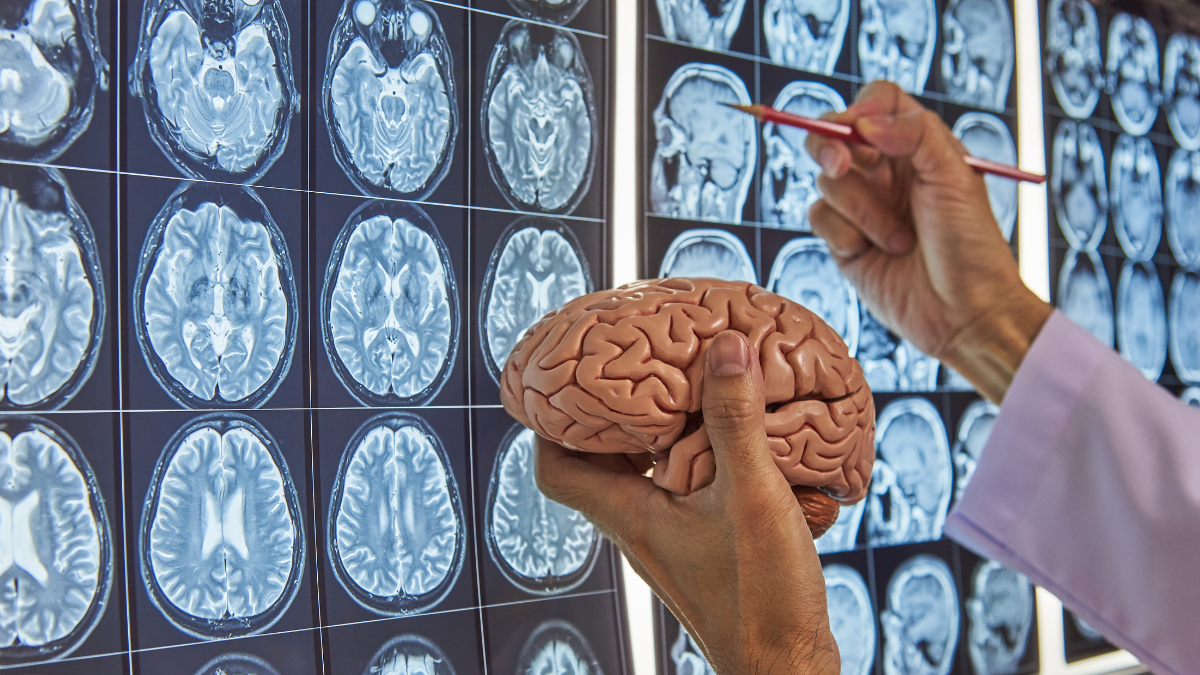
For decades, it was assumed that once adulthood was reached, the human brain could no longer produce new neurons.
Today, a discovery by a team of scientists from the Karolinska Institutet has debunked this myth through a scientific study.
Thanks to single-nucleus RNA sequencing and an artificial intelligence algorithm, the researchers demonstrated that progenitor cells and immature neurons exist in the hippocampus from early childhood up to the age of 78. This new neuronal growth, also known as neurogenesis, occurs in the dentate gyrus of the hippocampus—a fundamental part of the brain involved in learning, memory, and emotions. It is here that incoming information from the cortex is processed and transformed into memory traces.
These scientists studied nearly half a million nuclei from the human hippocampus to verify the persistence of neurogenesis: starting from the nuclei of children, they identified markers of neural progenitors and immature neurons, then applied a machine learning algorithm trained on this data to adult nuclei, recognizing the same molecular signatures. Finally, they showed that the adult brain retains, with some variability from one individual to another, a small reservoir of cells capable of generating new neurons.
The researchers also used a technology called Xenium, which allows up to 300 different indicators to be labeled and visualized within each cell. Thanks to these markers, they were able to precisely locate neural progenitors in the hippocampus and verify that they did not express the distinctive traits of other cell types. This unequivocally confirms that they are true precursors destined to become neurons.
The challenge now is to understand why and how neurogenesis occurs in humans.
Although precise therapeutic strategies for humans are still under investigation, the very fact that our adult brain can generate new neurons radically changes how we view lifelong learning, recovery from injury, and the untapped potential of neural plasticity.
Indeed, the discovery opens new paths for understanding memory, mood, and potential regenerative therapies in neurodegenerative and psychiatric diseases.

